The environment is very much in focus in recent times, and many businesses are looking for ways to reduce the environmental impact of their products and packaging. More and more plastic and polymer products labelled as 'biodegradable' or 'compostable' are coming to market, and they are often presented as an environmentally friendly alternative to conventional oil-derived polymers. This blog will investigate the key differences between biodegradable and compostable products and consider situations where they may or may not represent a beneficial alternative to conventional polymers.
What are biodegradable materials and how are they certified?
Biodegradation is the process of decomposition of organic materials by microorganisms, such as bacteria and fungi.
Biodegradation may be aerobic (with available oxygen, e.g., composting), or anaerobic (with no/limited available oxygen, e.g., landfill). By-products include carbon dioxide, methane (in anaerobic conditions), water, and biomass (or compost).
This process may occur relatively quickly (within weeks or months) or slowly (within decades or even centuries) depending on the specific material and environmental conditions. While virtually any material will eventually biodegrade, to be considered 'biodegradable' a material should be shown to break down in a reasonable amount of time.
The rate of biodegradation is determined both by the properties of the material itself and by the environmental conditions - a material which biodegrades quickly in an industrial composting process (a very 'aggressive' set of conditions) may biodegrade much more slowly (or not at all) in landfill or the ocean. For this reason, it is very important that any claims of biodegradability are substantiated by robust evidence in the form of testing carried out under similar conditions to those found in the intended disposal method.
Products marketed as biodegradable may be made from various combinations of natural and synthetic materials, including but not limited to naturally biodegradable materials such as cellulose and starch, conventional polymers with additives claimed by manufacturers to make the material fragment and biodegrade (oxo-degradable and similar additives), or biobased materials and bioplastics derived renewably from plants or other sources. Biodegradable materials do not necessarily have to be naturally derived, and naturally derived materials are not necessarily biodegradable.
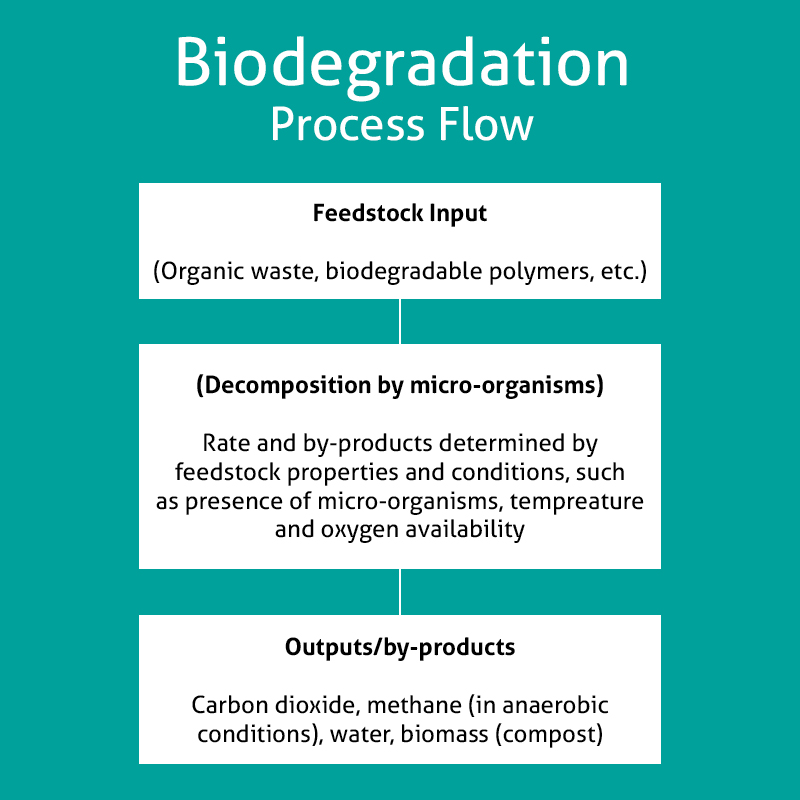

There are no international standards available to certify products for general biodegradability, as the term 'biodegradable' does not imply any specific set of conditions or a timeframe, and the various test standards which are available (ASTM D5511, ASTM D5526, and others) typically do not include pass/fail requirements. This means that biodegradability claims in marketing may be difficult to interpret and verify if they are not adequately explained and/or substantiated by robust evidence. It is important that any testing to substantiate biodegradability claims is carried out under conditions respective of the intended/most likely disposal method.
How are compostable materials certified?
For product certification, two sets of conditions exist - industrial composting, which must be carried out at specialised facilities, and home composting, which may be carried out in a home garden. BS EN 13432 (for packaging) and its sister standard BS EN 14995 (for plastics) outline the composting conditions, testing methods, and requirements to certify industrially compostable products. ASTM D6400 is also available and is the equivalent standard in the USA. There are no international standards for home composting, but several third-party certification schemes exist which were developed from the testing requirements of BS EN 13432. Many of these schemes also require compliance with BS EN 13432, meaning the product can be considered suitable for both industrial and home composting.
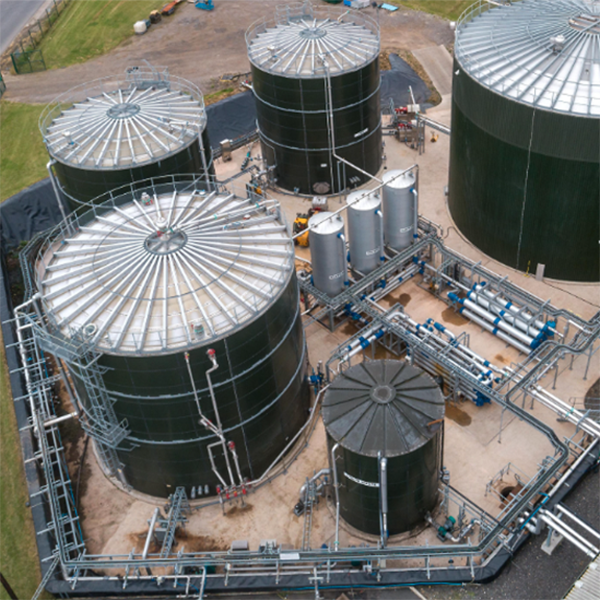

The testing requirements for industrial composting (carried out in an industrial composting vessel at 58 ± 2°C, in accordance with EN 13432 or equivalent) as well as home composting (carried out at 20 to 30°C) are included below:
1. Biodegradability: the material must biodegrade at least 90% as much as a reference sample within 6 months for industrial composting, or 12 months for home composting.
2. Disintegration: 90% of the material must pass through a 2mm sieve after 12 weeks for industrial composting, or 26 weeks for home composting.
3. Ecotoxicity: plants are grown in the compost produced, and the number/biomass of plants must be within 90% of a reference sample.
4. Chemical analysis: 11 specific chemicals must be below the threshold concentration outlined in the standard (includes several metals and fluorine).
Composting is a managed process - industrially compostable materials must be processed in industrial composting facilities to biodegrade within the certified timescale. If sent to landfill, these materials may biodegrade very slowly or not at all and behave similarly to conventional polymers. Similarly, if home compostable materials are simply buried without careful management and aeration, they're unlikely to biodegrade at a reasonable rate.
The sector is relatively new, and infrastructure has not yet caught up in the UK, therefore compostable plastics are not currently part of curb-side collections - this means end users must arrange collections with industrial composting facilities privately, or compost them at home (depending on how the product is certified). This may change in coming years if compostable plastics become more widely adopted.
Where are biodegradable and compostable products useful? Are they good for the environment?
Biodegradable and compostable products have potential benefits in some areas, such as for food contact materials, as plastics contaminated by food cannot be recycled. In this case, a compostable plastic product could be used and composted alongside the food waste instead of going to landfill.
Biodegradation is however not automatically beneficial in itself - the process produces greenhouse gases (carbon dioxide for aerobic biodegradation, as well as methane for anaerobic biodegradation) which contribute to climate change. Biodegradable and compostable materials also generally cannot be recycled with conventional plastics (while technically recyclable, biodegradable and compostable plastics are currently considered contaminants in the recycling stream over fears that they may cause degradation in the output material). Whether there are environmental benefits depends on the composition of the material and the lifecycle of the product - for materials made from renewable sources, the plants grown to make the product may offset the carbon emissions from biodegradation, but for products not made from renewable resources there may be little difference between biodegradation and incineration in terms of carbon emissions.
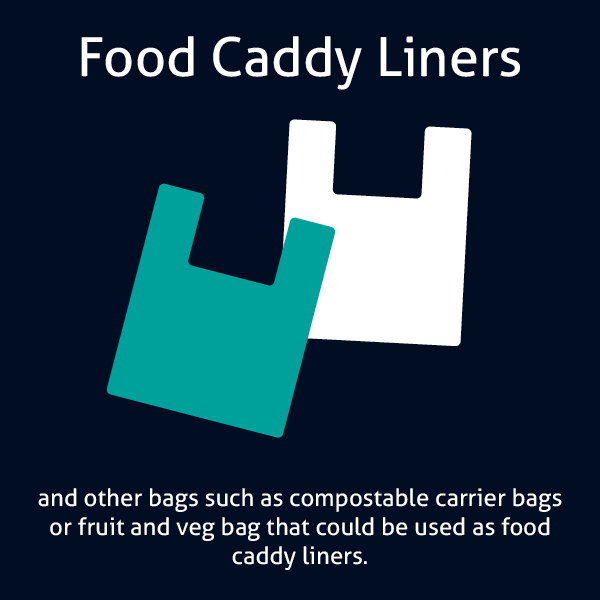

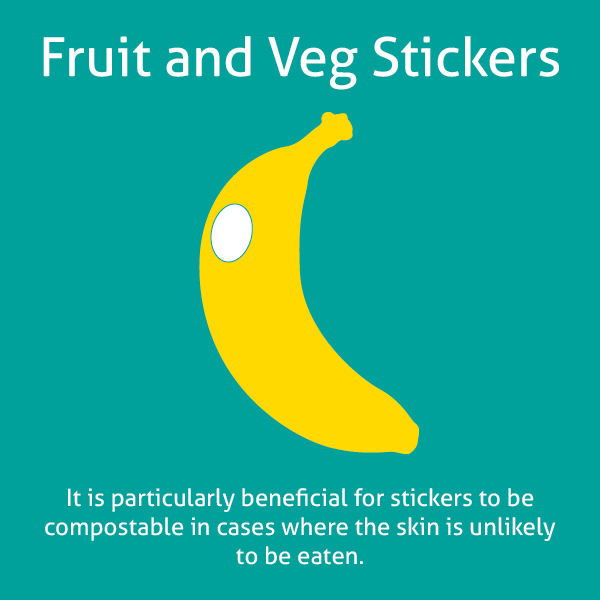

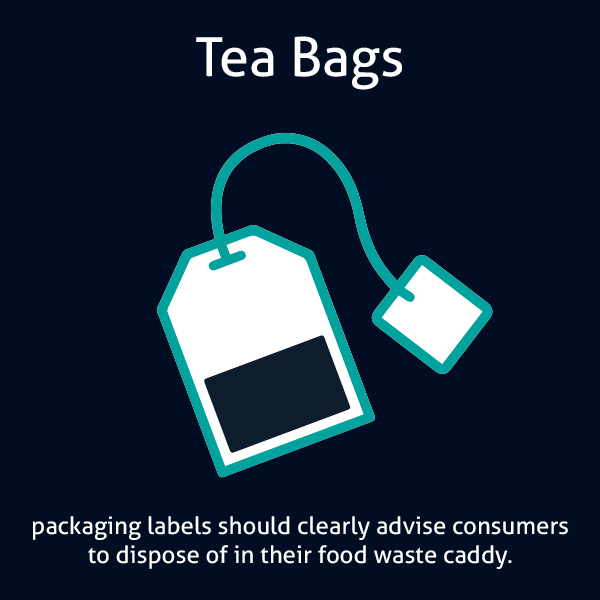

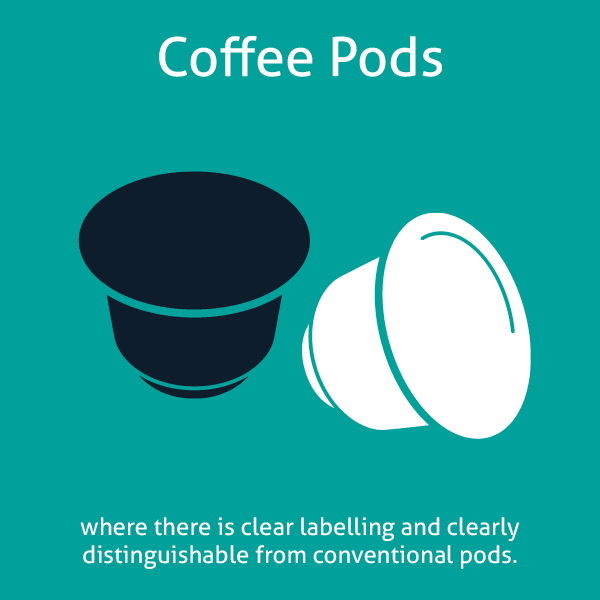



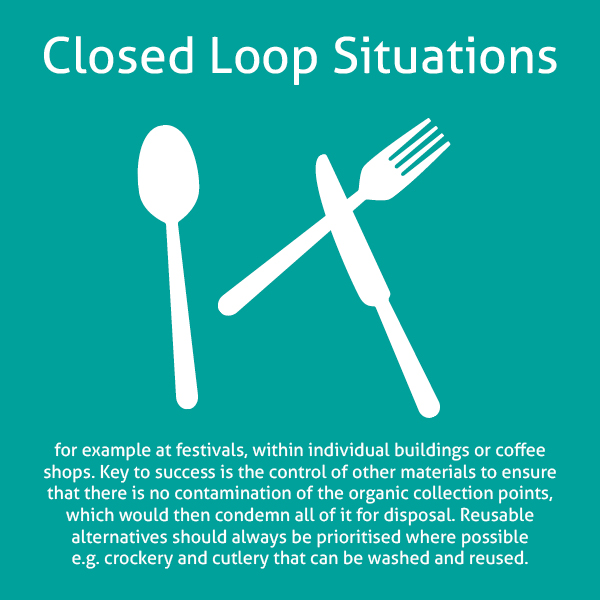



What is greenwashing and the CMA "Green Claims Code"?
The Competition and Markets Authority uses its powers under consumer protection law to tackle unfair business practices, unfair contract terms, and misleading marketing. The CMA have produced the 'Green Claims Code' (found here), which outlines rules for marketing environmental claims without misleading customers about any purported environmental benefits. The main principles of the code are that businesses must ensure that environmental claims:
- are truthful and accurate;
- are clear and unambiguous;
- do not omit or hide important information;
- compare goods or services in a fair and meaningful way;
- consider the full life cycle of the product or service;
- are substantiated.
This code has been developed to assist businesses in ensuring any environmental claims in their marketing are not misleading to customers. Exaggerated or unproven claims of supposed environmental benefits (or 'greenwashing') are becoming increasingly prevalent in marketing for a wide variety of products, and biodegradable and compostable products are particularly at risk owing to the complexity of the topic and the large amount of misinformation on the internet.
To comply with the Green Claims Code, all biodegradable and compostable products must have robust evidence to fully substantiate their claims, which must be worded in such a way as to not mislead customers about the properties of the material or any purported environmental benefits.
Click below for further information on our sustainability programme

